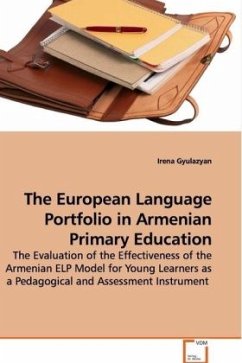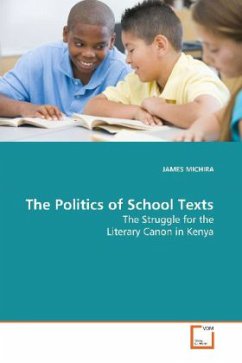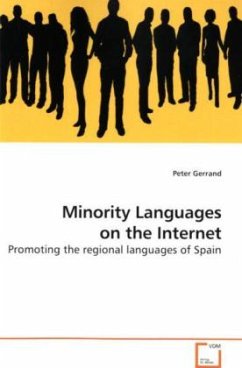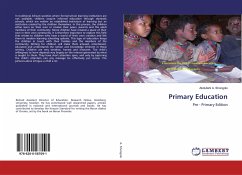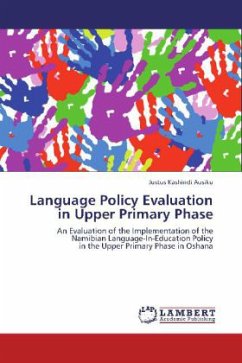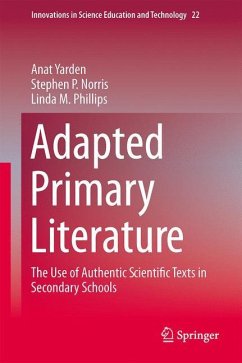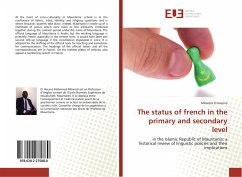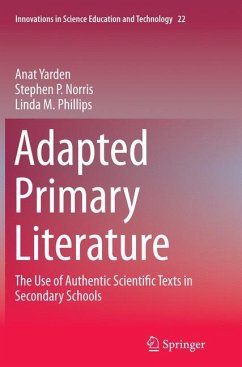
Languages in the Primary School
Teachers Perspectives on Policy and Implementation
Versandkostenfrei!
Versandfertig in 6-10 Tagen
52,99 €
inkl. MwSt.

PAYBACK Punkte
26 °P sammeln!
Australia stands alongside Canada, the United States of America and Great Britain with progress in developing primary school foreign language programs. Although the policy in each Australian State and Territory regarding the inclusion of languages study in the primary school curriculum varies, each State and Territory context continues to develop opportunities for teachers and students to teach and learn languages, beginning at some point between Grades 3 and 6. There remains contention, however, as to the optimum starting age for primary school languages programs, the suitability of teacher p...
Australia stands alongside Canada, the United States
of America and Great Britain with progress in
developing primary school foreign language programs.
Although the policy in each Australian State and
Territory regarding the inclusion of languages study
in the primary school curriculum varies, each State
and Territory context continues to develop
opportunities for teachers and students to teach and
learn languages, beginning at some point between
Grades 3 and 6. There remains contention, however,
as to the optimum starting age for primary school
languages programs, the suitability of teacher
pedagogies, and effective policy for program
implementation. This book reports chiefly through
three teachers stories how primary school language
teachers were translating policy into practice in
Tasmania, Australia s southern-most state in the mid-
late 1990s. The teachers stories, sitting within a
general exploration of local, national and
international policy provisions, shed light on how
teachers own personal narratives shape the way
policy is implemented, regardless of how policy is
intended.
of America and Great Britain with progress in
developing primary school foreign language programs.
Although the policy in each Australian State and
Territory regarding the inclusion of languages study
in the primary school curriculum varies, each State
and Territory context continues to develop
opportunities for teachers and students to teach and
learn languages, beginning at some point between
Grades 3 and 6. There remains contention, however,
as to the optimum starting age for primary school
languages programs, the suitability of teacher
pedagogies, and effective policy for program
implementation. This book reports chiefly through
three teachers stories how primary school language
teachers were translating policy into practice in
Tasmania, Australia s southern-most state in the mid-
late 1990s. The teachers stories, sitting within a
general exploration of local, national and
international policy provisions, shed light on how
teachers own personal narratives shape the way
policy is implemented, regardless of how policy is
intended.



